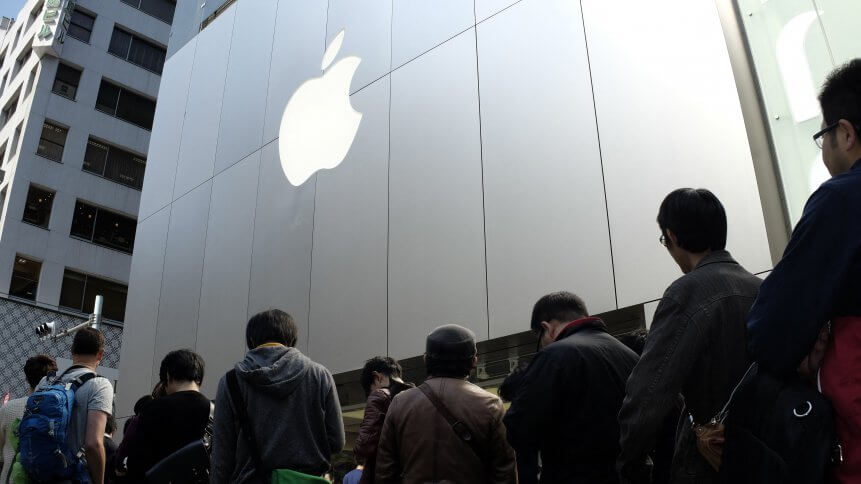Weaker demand pushes Apple to make fewer iPhone SE, AirPods

- Apple plans to make roughly 20% fewer iPhone SEs in the next quarter than it had originally planned
- The tech giant has also cut more than 10 million orders for AirPods for the entire year, as the company forecasts weak demand
- Based on seasonal demand, Apple also plans to make a couple million fewer units of the entire iPhone 13 range than it had initially planned
- Taiwan tech titan TSMC reckons that in general, demand for consumer electronics is starting to slow, particularly in China
The last two years have wreaked havoc on the global consumer market. Demand for most was soaring amidst scarce supplies, and while many had envisioned that 2022 might start off on a better foot, the war between Russia and Ukraine soon broke out. The invasion, if anything, only worsened conditions, causing inflation around the world to reach record highs. Now, even Apple is feeling the brunt as it looks to cut global production of its iPhone SE and AirPod lines.
Having recently launched its first 5G-capable budget phone a few weeks ago, the tech giant has apparently been telling multiple suppliers that it aims to lower production orders for the iPhone SE by about two-tothree million units for the quarter. Apple also reportedly reduced orders for its AirPods earphones by more than 10 million units for all of 2022.
“The company predicted lukewarm demand and wanted to reduce the level of inventories,” Nikkei Asia reported, quoting people familiar with the matter. To top it off, Apple allegedly also asked suppliers to make a couple of million fewer units of the entire iPhone 13 range than was previously planned. That adjustment is however based on seasonal demand.
“These moves by the world’s most powerful chip and component procurer underline the mounting pressure on the tech industry following the onset of the Russia-Ukraine war, which has compounded the yearslong chip shortage that has hit a string of industries from smartphones to PCs to automobiles,” Nikkei noted.
To recall, Apple halted its product sales in Russia very soon after the invasion occurred. The tech giant is the third-largest smartphone maker in Russia, where sales of around 5 million iPhones gave it a 16% market share last year, data from IDC showed. In terms of personal computing devices, Apple is the fifth-largest player in the Russian market.
Apple’s supplier sees muted demand across board
Taiwan Semiconductor Manufacturing Company, or TSMC, one of Apple’s main suppliers, shares the same stance — that demand for consumer electronics such as smartphones and PCs are slowing. The slowdown is emerging in areas “such as smartphones, PCs, and TVs, especially in China, the biggest consumer market,” TSMC Chairman Mark Liu told Nikkei Asia.
Being the world’s biggest contract chipmaker and a key Apple supplier, TSMC is often a barometer of global electronics demand. Liu even warned of the sharp rise in the costs of components and materials, pushing up production costs for tech and chip companies.
“Such pressure could eventually be passed on to consumers,” Liu told Nikkei. In contrast to Apple and TSMC’s stance, Bank of America analysts in a note to investors said that they “believe demand for iPhones remains strong based on our analysis of iPhone trade-in prices.” The bank upgraded AAPL to “to buy” in December, saying it saw a 20% upside.
To recall, component shortages and supply chain issues had disrupted Apple’s iPhone sales in the second half of 2021. “An improved consumer outlook, pent up demand from 2020 in large markets, such as India and China, helped drive sales in the first half of the year,” Gartner’s senior research director Anshul Gupta said.
“However, this trend reversed in the second half of the year, even with high demand from consumers. Out-of-stock situations for popular models and limited inventories pushed out some of the possible sales to 2022.” In the fourth quarter of 2021, while global smartphone sales declined 1.7% owing to supply constraints, Apple maintained the number-one position among the top five smartphone vendors, according to Gartner.










